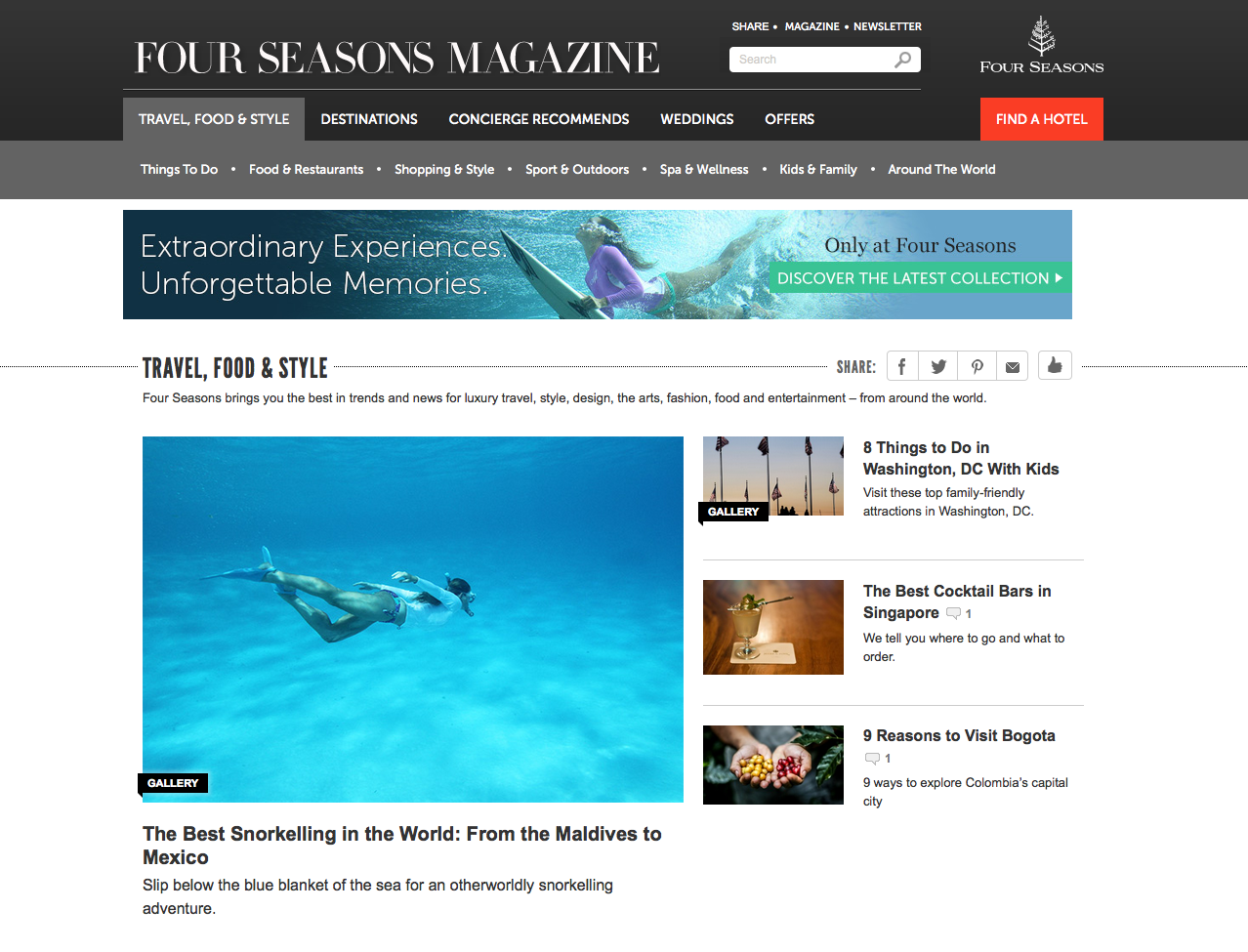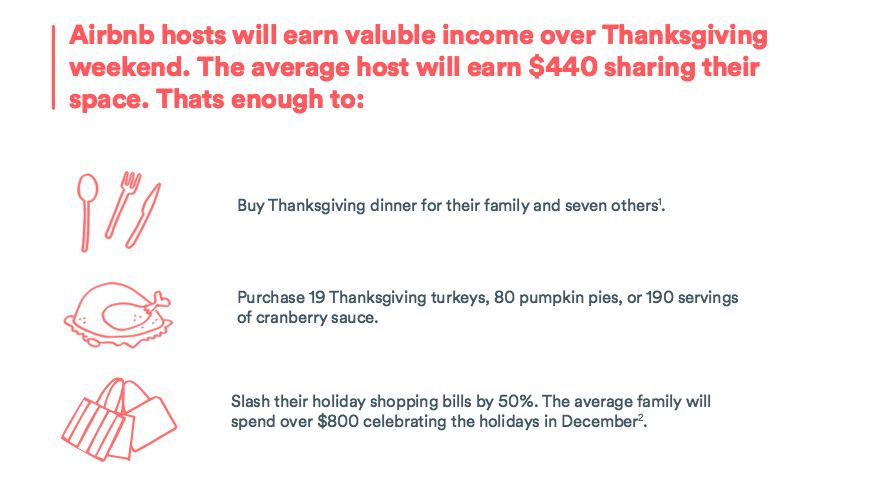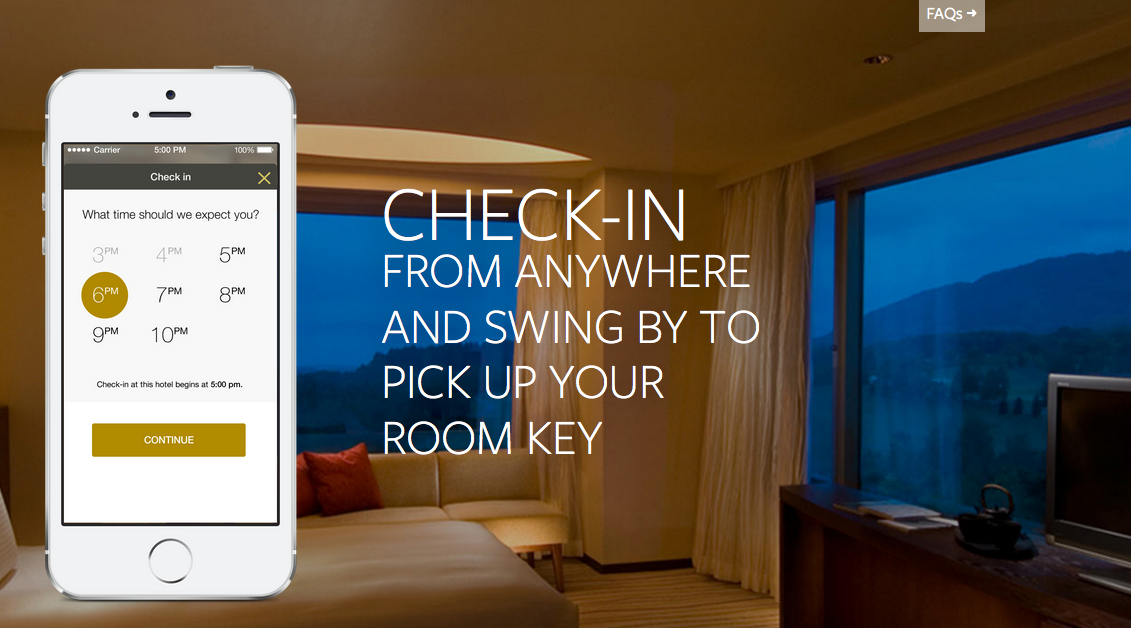
How do marketers in the travel space succeed at content marketing? This question was on the minds of over 150 marketers seated in a content marketing session during HSMAI’s Digital Marketing Strategy Conference in New York City. With small margins and constant competition, travel marketers are always looking for an improved return on their digital dollars. It’s no surprise that conversions are front and center when evaluating the success of most marketing programs. Though it might seem that content marketing falls into unfamiliar territory, a well-documented strategy can lead to positive ROI.
Below are the top six themes we took away from the event and relevant takeaways to help content marketers from any industry.
Know who you are and whom you are speaking to.
Identifying a target audience is perhaps the most basic tenet of marketing but when it comes to content, fleshing out your brand’s unique selling proposition is incredibly important. Proprietary content unique to your brand will engage audiences and can also highlight ways that your brand stands out from the crowd.
Consider crafting content pillars that are distinct to your brand and audience. To do this, try to understand who your customers are and why your brand is relevant to them. Determine what content would be the most compelling and relevant. Create and distribute content that truly creates a personalized experience that your customers won’t forget.
What do you visualize when you think of Four Seasons Hotels and Resorts? Exotic locations? Luxury bed linens? Once in a lifetime experiences? Four Seasons is the destination for the world-class luxury traveler. They created a premium online travel magazine for their audience that complements their brand position in the market. By continuously producing best-in-class content, not only are visitors drawn to return and engage with their content but they also have a reinforced image of what Four Seasons represents in the hospitality space.
Takeaways
Four Seasons stays top of mind with its affluent audience by providing content at every step of the buyer journey. From creating content for those looking for their next adventure to highlighting Instagram photos and other UGC content from current guests, Four Seasons knows exactly how to reach their demographic. For more on Four Seasons’ content marketing success, check out our case study on SlideShare.
Travel is emotional. Treat it that way.
Digital advertising has come a long way, however, it is still incredibly challenging for display ads to create an emotional connection. In contrast, storytelling captures the hearts and emotions of consumers. Stories make people feel something; they create a connection. Leveraging the emotional element of travel and connecting with consumers through shared experiences is the most effective and powerful way to really relate to your audience.
It is essential to find the balance between creating inspirational content in addition to promotional content. Using emotion as a connective thread can help consumers view your brand differently. No longer will they look at you as “the best price on Expedia” or “a place to sleep for the night” but rather “the only place to stay for a memorable weekend getaway that won’t be forgotten.”
Airbnb leverages emotion to create communities for hosts and guests. During the 2015 holiday season, more Americans than ever were traveling on Airbnb to celebrate. Hosts were able to generate additional income and guests were able to find affordable and comfortable places to stay to be with family and loved ones. Airbnb decided to share those numbers not only with their hosts but with their guests who make the community possible. Their report humanized an otherwise chaotic and hectic travel week and tied in the emotional connection that hosts and guests feel towards the Airbnb brand.
Takeaways
Creating authentic experiences is a two way street, and Airbnb understands that facilitating self-expression is the key to creating lasting relationships with consumers. Eric Toda, Head of Global Social Marketing at Airbnb, confirmed that they encourage their audience to “storyMAKE not storytell,” during our #ThinkContent Tour in San Francisco this fall. By allowing consumers to have some freedom in how they interact with content, the bonds become more emotional and less transactional – a tough feat in the travel industry. To see more from Airbnb at #ThinkContent San Francisco, click here.
Your customers are mobile and you should be too.
Today, consumers own multiple devices and have shorter attention spans. The fact that consumers are mobile doesn’t stop them from consuming content. Create content that breaks through the noise and compels someone to engage and share – not just click.
It is essential to build mobile responsive sites and content assets that look good on a variety of screens. Make sure that the experience is consistent from email and social to your brand site – no matter what device the user is viewing it on.
Hilton has elevated the customer experience by creating a mobile app that allows guests to bypass check-in, unlock their hotel room, make arrival requests, and order room service. Hilton thought through the connected consumer journey and made the inconveniences of travel easy or as they put it, “We make it all easy. The way that planning a trip should be.”
Takeaways
One of the most effective and simple ways to engage your audience is to create a cohesive experience across all of your owned properties. By following Hilton’s example by maintaining constant branding and unparalleled customer service, brands have the ability to reach consumers across multiple touch points from social to mobile. Just make sure to triple check the usability of your site across devices to make sure the customer experience is in tip top shape at all times.
Content is king. Duh.
Customers engage with various forms of content – blog posts, area guides, promotional videos – in different ways each day. How do you ensure that your content breaks through the noise and captures the attention of your target audience? A varied cadence of content (editorial, visual, video, UGC, promotional, etc.) will keep audiences engaged and content fresh.







